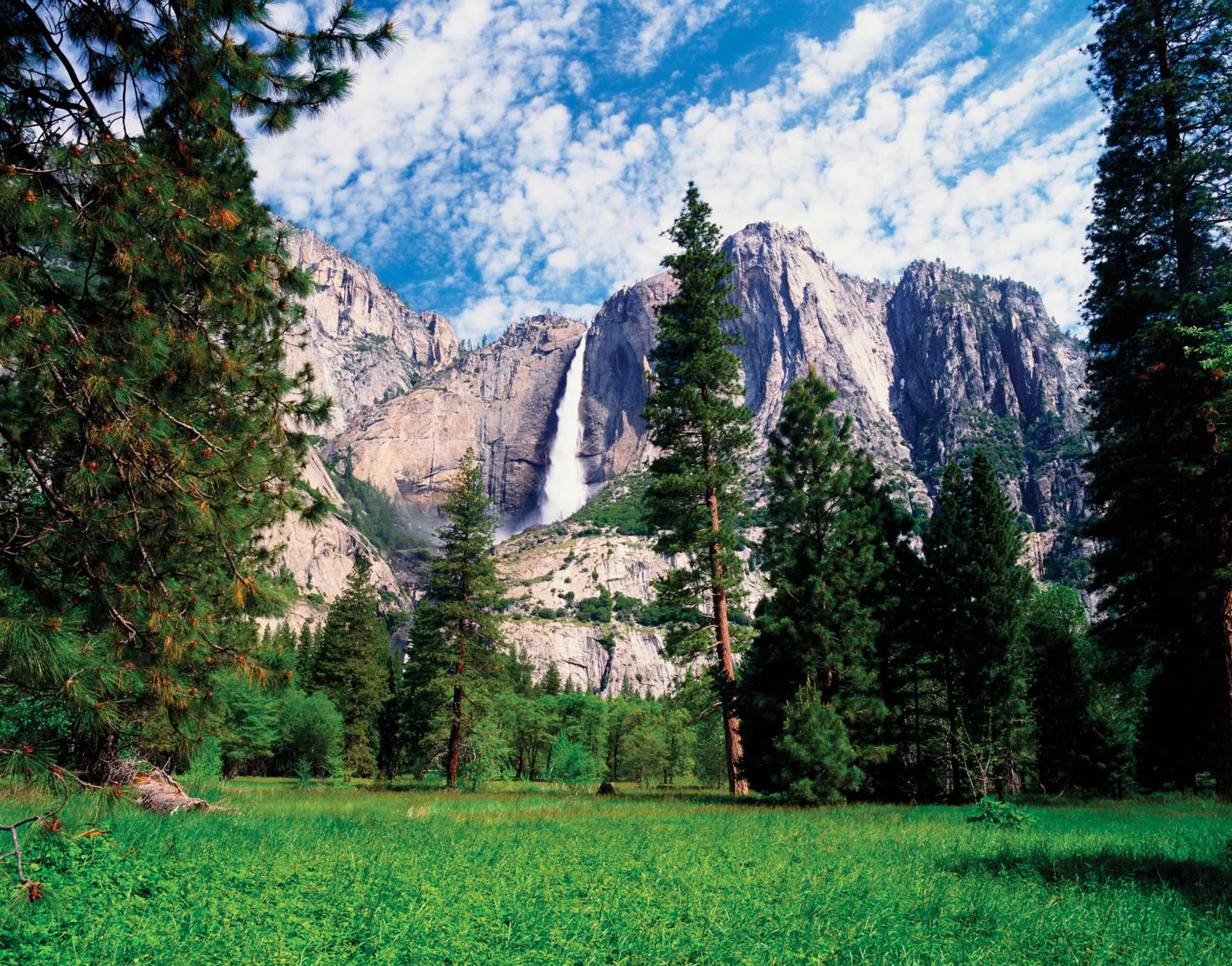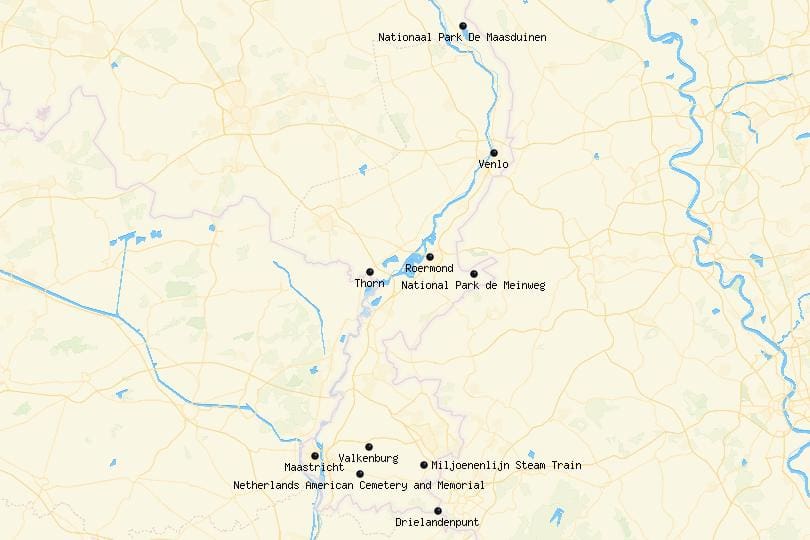Kedarnath, a place of profound spiritual significance and natural beauty, holds a special place in the hearts of millions of devotees. Nestled amidst the majestic Himalayas in the Rudraprayag district of Uttarakhand, India, this ancient pilgrimage site attracts pilgrims from all over the world. In this article, we will explore the history, significance, location, rituals, nearby attractions, and more, providing you with a comprehensive guide to Kedarnath.
Introduction
Kedarnath, one of the Char Dham sites, is believed to be the abode of Lord Shiva. The origins of this sacred shrine date back thousands of years, and it has since become a revered destination for spiritual seekers. Surrounded by breathtaking landscapes and serene beauty, Kedarnath offers a divine experience that touches the soul.
1. History
1.1 Origins
According to ancient Hindu mythology, Kedarnath is the place where Lord Shiva took refuge in the form of a bull to escape from the Pandavas, who were seeking his blessings after the Mahabharata war. The temple is said to have been built by Adi Shankaracharya, the great 8th-century philosopher and theologian who revived Hinduism.
1.2 Legends
Kedarnath is associated with numerous fascinating legends. One popular legend speaks of the temple’s survival during the catastrophic floods of the 8th century when the entire region was submerged underwater. It is believed that the temple was protected by Lord Shiva himself, who appeared as a buffalo to save it from the deluge.
2. Significance
2.1 Spiritual Importance
Kedarnath is considered one of the holiest pilgrimage sites for Hindus. It is believed that a visit to Kedarnath and the completion of the arduous trek is an essential part of attaining salvation and liberation from the cycle of birth and death. Devotees undertake this journey with unwavering faith, seeking divine blessings and spiritual enlightenment.
2.2 Cultural Heritage
Apart from its religious importance, Kedarnath holds immense cultural significance. The temple’s architecture, with its intricate stone carvings and ancient design, is a testament to the rich heritage and craftsmanship of the region. The vibrant festivals celebrated here throughout the year showcase the cultural vibrancy and deep-rooted traditions of Uttarakhand.
3. Location
Situated at an altitude of 3,583 meters (11,755 feet), Kedarnath is surrounded by snow-capped peaks and lush green meadows. The temple is located near the head of the Mandakini River, a tributary of the Alaknanda River. The breathtaking natural beauty and serene environment make Kedarnath a truly awe-inspiring destination.
4. How to Reach
Reaching Kedarnath requires a trek of approximately 16 kilometers from Gaurikund, the nearest accessible point by road. The trekking route passes through picturesque landscapes, including dense forests, gushing rivers, and charming villages. Helicopter services are also available for those who prefer a quicker and more comfortable mode of transportation.
5. The Temple
5.1 Architecture
The Kedarnath temple is an architectural marvel that showcases the exquisite craftsmanship of ancient times. Built entirely of large stone slabs, it features intricate carvings and a distinct blend of various architectural styles. The temple’s unique construction, designed to withstand the harsh mountainous terrain, stands as a testament to the devotion and skill of its builders.
5.2 Rituals and Festivals
The temple follows a strict ritualistic tradition that has been carried out for centuries. Pujas (prayer ceremonies) are performed by the temple priests with utmost dedication and precision. The most significant festival celebrated here is the Kedarnath Yatra, during which thousands of devotees flock to the temple to seek blessings and participate in religious ceremonies.
6. Accommodation Options
To cater to the needs of pilgrims, there are several accommodation options available in and around Kedarnath. These range from budget guesthouses to comfortable hotels and even ashrams that provide basic facilities. It is advisable to book accommodation in advance, especially during the peak pilgrimage season, to ensure a hassle-free stay.
7. Nearby Attractions
Kedarnath is surrounded by scenic beauty and offers various nearby attractions to explore. One such attraction is Vasuki Tal, a pristine glacial lake known for its tranquil ambiance. The Chorabari Tal, also known as Gandhi Sarovar, is another breathtaking lake located in the vicinity. The nearby Sonprayag and Gaurikund also hold religious significance and are worth visiting.
8. Safety Tips
While embarking on the Kedarnath pilgrimage, it is essential to prioritize safety. Here are a few safety tips to consider:
- Stay hydrated throughout the journey.
- Dress in layers to adapt to changing weather conditions.
- Carry necessary medications and a basic first aid kit.
- Engage the services of a registered guide or porter for assistance.
- Follow the instructions of local authorities and respect the environment.
9. Environmental Conservation
Preserving the pristine beauty of Kedarnath and its surroundings is of utmost importance. As responsible visitors, we must take steps to minimize our ecological impact. It is crucial to dispose of waste properly, avoid littering, and respect the flora and fauna of the region. Let us all contribute to the conservation efforts and ensure the preservation of Kedarnath’s natural heritage for future generations.
Conclusion
Kedarnath is not just a pilgrimage site; it is an experience that transcends the realms of spirituality and connects us with nature’s magnificence. The serenity and divine aura of this sacred place leave a lasting impression on the hearts of all who visit. Embark on the journey to Kedarnath, and you will find yourself immersed in a world of devotion, tranquility, and breathtaking landscapes.
FAQs
- Q: Is Kedarnath accessible throughout the year?
- A: No, Kedarnath is open for visitors from April to November, with the exact dates depending on the Hindu calendar.
- Q: How long does it take to complete the trek to Kedarnath?
- A: The trek to Kedarnath takes approximately 6 to 8 hours, depending on individual fitness levels and weather conditions.
- Q: Are there any medical facilities available along the trekking route?
- A: Yes, there are medical facilities and aid stations available at various intervals along the trekking route to Kedarnath.
- Q: Can senior citizens undertake the journey to Kedarnath?
- A: While the trek to Kedarnath can be physically demanding, senior citizens can undertake the journey with proper preparation and precautions.
- Q: What should I wear during the Kedarnath Yatra?
- A: It is advisable to wear comfortable trekking attire, including warm layers, sturdy shoes, and a raincoat, as the weather can be unpredictable.















very nice post, i certainly love this web site, carry on it